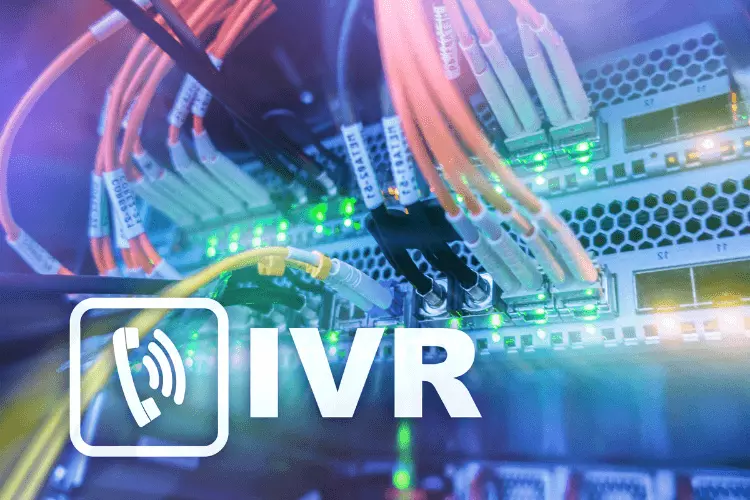An interactive voice response (IVR) calling system is an invaluable resource for providing stellar customer service and reducing overhead costs. However, implementing a new IVR system can prove challenging for companies unfamiliar with this technology. For example, how does an organization choose the best IVR licensing to match company goals? What is the correct way to complete application programming interface (API) integration? A look at the best practices for instituting IVR solutions can ensure a seamless transition and maximize potential benefits for your organization.
Define Organizational Goals
The first step in implementing an effective IVR solution is to define your organizational goals. Identify what you hope to achieve with the new system and which company problems an IVR phone system can solve. For example, you may wish to improve the inbound calling process by creating more efficient customer service, reducing the call volume directed to live agents, or decreasing the waiting time for customers. Or you may wish to improve the productivity and ultimate profitability of outbound calls from your call center representatives.
Goals should also align with your organization’s purpose and mission. For instance, financial services organizations receive use automated inbound calls from customers who wish to review account statements or make balance inquiries. Medical organizations might use automated systems to provide information on procedure requirements; schools can use IVR solutions for course registration, and so on. Defining the key goal is the best way to remain focused and achieve the intended results.
Create a Process Flow
Creating a flow chart is the next step in implementing your IVR solution. This ensures that your new system has all of the features suitable for your organization. For example, you can begin by outlining the number of self-service options that make customer service more efficient. Within these self-service options, you can then input tools like informational help menus or call routing to live-person assistance.
While businesses may have needed to hire an IT professional to create this flow chart in the past, organizations can now reach out to an IVR API company to outline recommended phone system features and offer seamless integration. Organizations can then input these phone menu features and scale or configure them.
Personalize the Experience
Organizations benefit the most when callers remain engaged throughout each phone experience. The best way to increase engagement is to personalize the experience for each customer. This can include welcome messages that address the caller by name or phone menus that reference previous transactions with the organization.
For many companies, integrating IVR software with an existing customer database or CRM system is a simple way to achieve this. This allows the organization to quickly match the caller’s name, account number, and relevant previous interactions that can benefit the caller. You can also use this information to place callers in the correct queue before routing them to the live agent who is best suited to resolve their individualized needs.
Test the System
An important step in implementing your IVR solution is to test the new system. This testing aims to measure functionality and performance, and the tests should occur under real user conditions. For example, a team member should call into the system as a customer and select each menu option to ensure that the prompts work as intended. Functionality testing also helps ensure that all routing directs callers to the right person or department. Performance testing checks the system’s ability to handle a high volume of calls without downtime.
Monitor Performance and Success
As you roll out the new IVR solution, monitoring its capabilities and success is important. Factors to track include call volume, call duration, and call abandonment rate. For example, a high percentage of callers who hang up before reaching their intended destination could indicate problems with menu routing options or excessive hold times during high-traffic hours. Your team can then modify the system as needed.
Conclusion
Implementing an IVR solution can improve an organization’s ability to meet client needs. The new IVR system can reduce complications associated with live customer service while resolving customer concerns more efficiently. With the right plan in place, you can launch a system that aligns directly with your organizational goals.
Written by: John Smith




